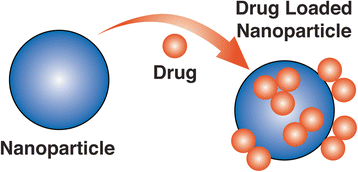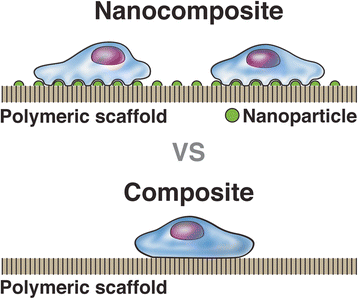Nanotechnology in orthopedics: a clinically oriented review
- PMID: 29499666
- PMCID: PMC5833027
- DOI: 10.1186/s12891-018-1990-1
Nanotechnology in orthopedics: a clinically oriented review
Abstract
The utility of nanotechnology in medicine, specifically within the field of orthopedics, is a topic of extensive research. Our review provides a unique comprehensive overview of the current and potential future uses of nanotechnology with respect to orthopedic sub-specialties. Nanotechnology offers an immense assortment of novel applications, most notably the use of nanomaterials as scaffolds to induce a more favorable interaction between orthopedic implants and native bone. Nanotechnology has the capability to revolutionize the diagnostics and treatment of orthopedic surgery, however the long-term health effects of nanomaterials are poorly understood and extensive research is needed regarding clinical safety.
Conflict of interest statement
Ethics approval and consent to participate
Not applicable.
Consent for publication
Not applicable.
Competing interests
SRRM is a member of the Editorial Board of BMC Musculoskeletal Disorders. The other authors declare that they have no competing interests.
Publisher’s Note
Springer Nature remains neutral with regard to jurisdictional claims in published maps and institutional affiliations.
Figures






References
-
- Feynman R. There’s plenty of room at the bottom. Eng Sci. 1960;23:22–36.
-
- Pleshko N, Grande DA, Myers KR. Nanotechnology in orthopaedics. J Am Acad Orthop Surg. 2012;20(1):60–62. - PubMed
Publication types
MeSH terms
LinkOut - more resources
Full Text Sources
Other Literature Sources

